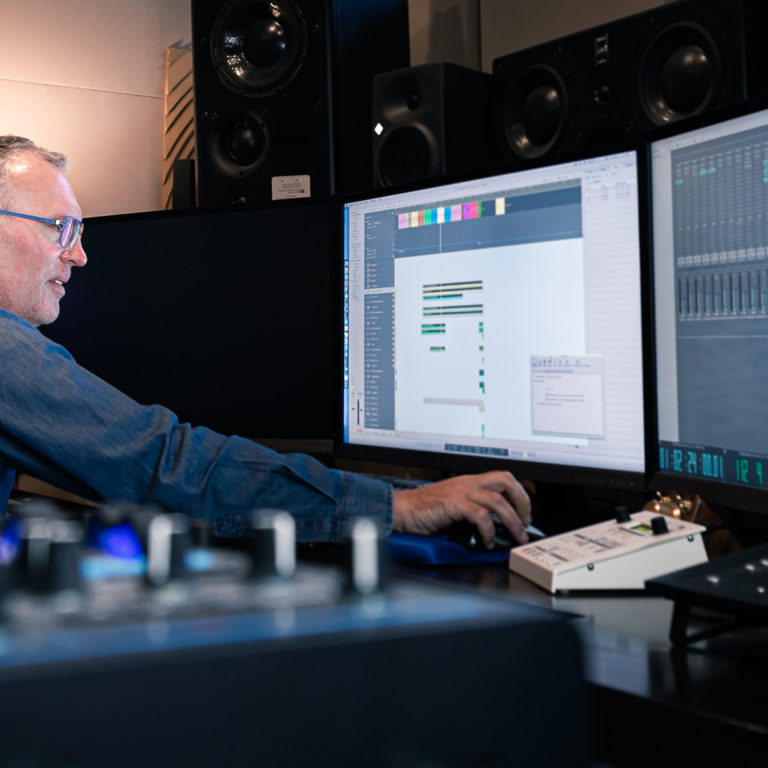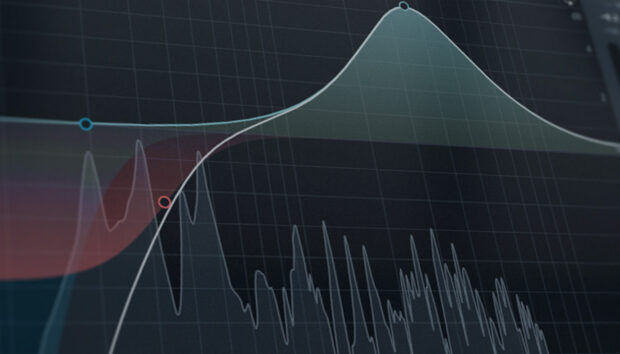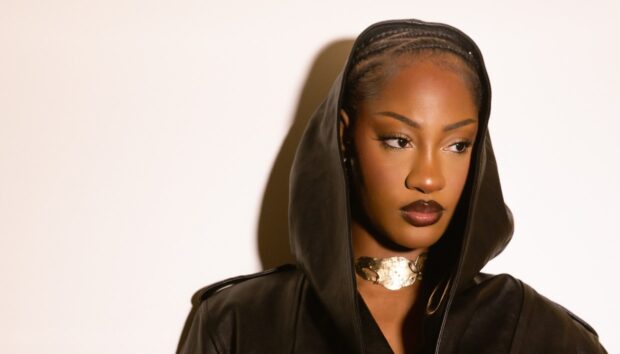“You got to imagine they just conquered the world with those Avengers movies,” composer Henry Jackman stretches his arms aloft over Zoom as he shares palpable excitement at the detour that Cherry, the new film he’s scored from directors Anthony and Joe Russo takes. It’s true, following up a couple of the highest grossing movies of all time with a tale about a PTSD-suffering Gulf War veteran who turns to bank robbery to support his drug addiction is, perhaps, a surprise.
“Deer Hunter meets Drugstore Cowboy meets… I don’t know, it’s such an original movie,” he says. Cherry is told in bold, cinematic colours, sometimes dreamlike, sometimes brutal and echoes Kubrick and Coppola (both Francis and Sofia). The soundtrack itself matches this boldness through ignoring familiar Hollywood tension cues, instead diving into something altogether more strange, more ethereal. Unconventional? Yes, but then, despite the big name prestige of scoring two Kingsman movies, two Captain Americas, Kong: Skull Island and Jumanji, Jackman never, at any point in our ninety-minute conversation sounds like your conventional Hollywood composer.
“I’m a hermit really,” the jovial and articulate Jackman says. Every now and then he pops offscreen to tinker on an upright piano to help identify parts of the score we’re here to discuss. On his Wikipedia page prior to chatting, I discovered we were not only born during the same year but grew up, relatively speaking as neighbours in nearby boroughs of West London. Often it feels like we could be chatting over a pint in Soho were it not for the golden Californian light flooding into his condo.
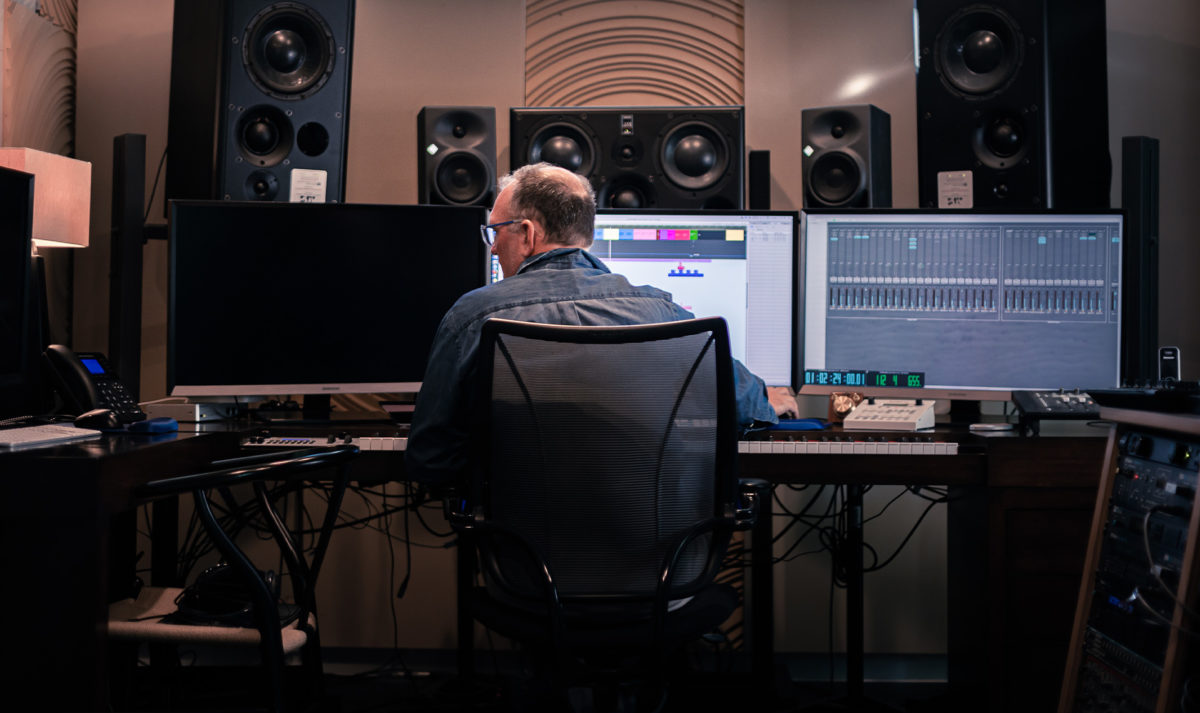
“Anthony and Joe said, ‘We don’t know what the music is,’” says Jackman of the somewhat loose brief given to him. “‘But we know that all bets are off – experimental. Throw anything at the wall. Let’s just go crazy. We want variety, weirdness. But somehow, it’s got to be tied together and unified. There has to be a sufficient lack of convention for it to suit the eccentricity of the movie, but sufficient intellectual and structural cohesion to do the traditional job of helping bind the movie together and have a narrative.’”
The trust he’d developed with the Russos through scoring both Captain America: Winter Soldier and Captain America: Civil War saw him given permission to experiment. He tells me how he got started: “I’m going into hiding for a few months and think of me as someone who knows nothing about time code or cues, I’m going to pretend that I’m an eccentric recording artist like Aphex Twin, and having really absorbed the script and having seen the film, I’m going to write some standalone pieces, and this is either going to be a completely futile and useless experiment or it’s going to be a fruitful one.”
It turned out to be more than fruitful. Listening to the tracks feels in some places like discovering stonkingly good new outtakes from a lost Brian Eno album, in other places like some weird, out-of-tune swampy trip-hop jam-band Pitchfork have just flagged up. I tell him that the score it reminds me of the most, in an abstract way, is Angelo Badalamenti’s Twin Peaks. Both works have moments where the music appears to float over the screen, simultaneously in harmony with the feeling of the film and yet stepping out of the realms of synching to the action.
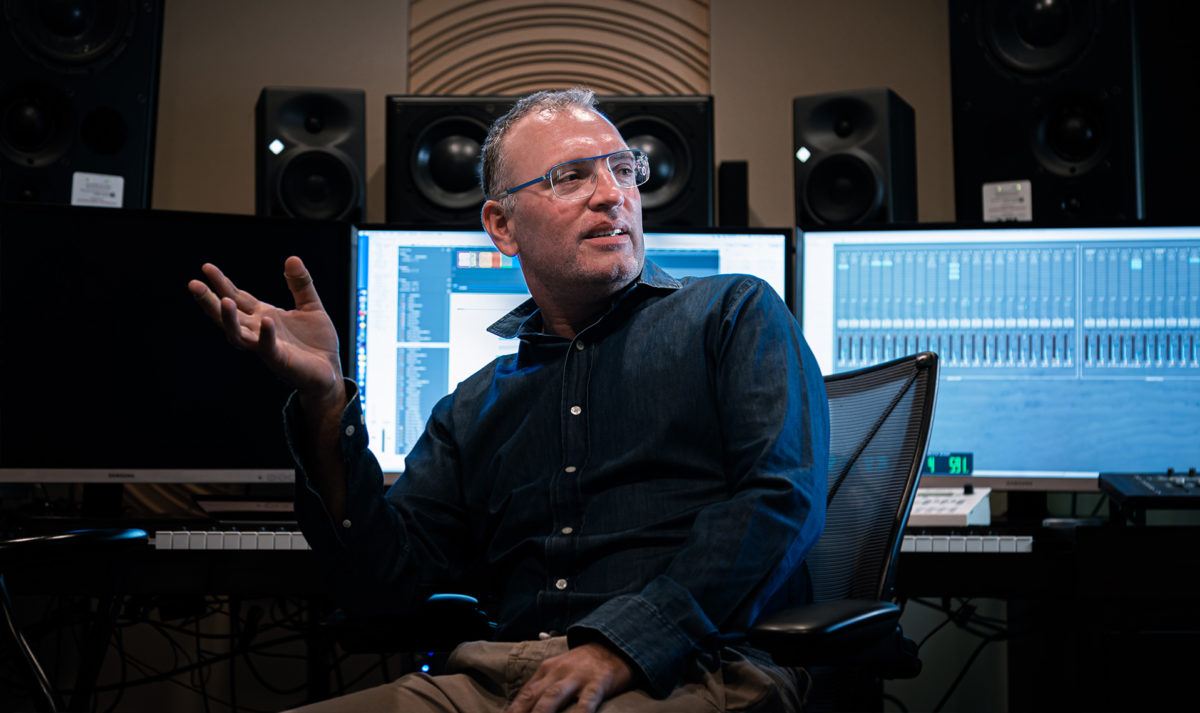
“It’s interesting you say about the floating over thing,” he pauses to consider this before going on to compare the process to a more standard way of scoring. “There’ll be some scenes and you have to support the tension, and then the tension resolves. And then there’s like a heroic beat, you know, whatever it is, this is all fairly standard behaviour. Now, in Cherry, and this is something I really appreciated about Joe and Anthony’s approach, partly because they were so confident in their filmmaking, the actual decision of what music should do not only never did that, meaning it would be a self contained piece of music that was making a decision as to what the feeling was, but wouldn’t be necessarily a direct commentary on the mechanics of the scene.”
Although Jackman came to film scoring, he says, really late, he was born into a musical environment. He says: “I went to St. Paul’s Cathedral choir school. At the age of nine, I was part of a musical institution that had the same professional rigour as the London Symphony Orchestra for goodness sake, the standard was ridiculous: four hours a day of singing 15th, 16th, 17th, 18th, 19th and 20th century choral music in an extremely high-church environment. I remember being at the Falklands memorial service, singing away and looking to my left there was the Queen, the Duke of Edinburgh, Prince Charles, Lady Diana, Ronald Reagan, Mikhail Gorbachev, and Margaret Thatcher all next to each other in a line.”
But then, as he grew and the late eighties arrived, along came the irresistible pull of rave culture. Henry says: “I went completely off the rails at sixteen and I said screw this, I had an Amiga computer and an 8-bit sampler. I won’t bore your readers with some of the more extraneous activities that went along with big raves but let’s just say there was a fair amount of parental disappointment going from playing Brahms rhapsodies to dancing all night to Fabio and Grooverider.” However, this period led to the young Henry working with Trevor Horn and Seal and “getting into releasing 2-Step Garage mixes and Drum & Bass, all kinds.”
This varied eclectic approach has helped him, he explains: “So when I finally did pull my head out of my derrière and I realised that film is an amazing and very privileged thing to be able to do then suddenly, you’ve got a massive set of paints.”
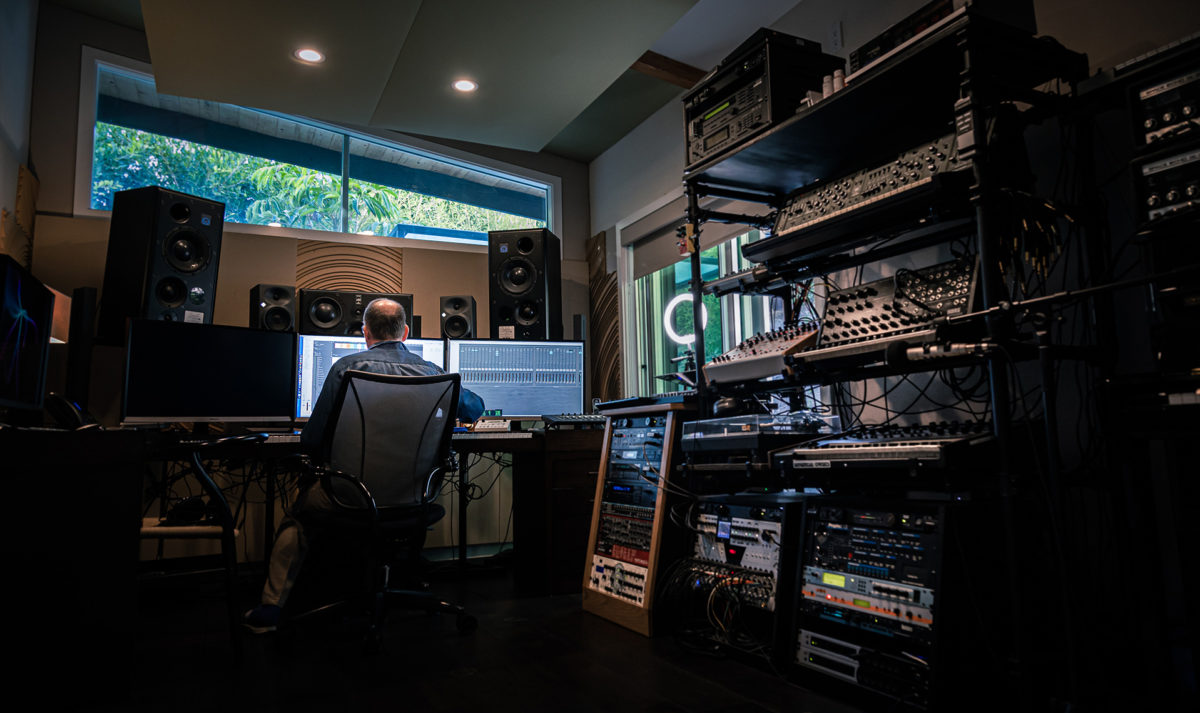
For someone with such an open approach in conversation, I asked him what advice he’d give to budding film composers starting out. “There’s so many routes to Rome,” he says. “And the real encouraging thing about music to picture, due to streaming and different kinds of media, is that it’s becoming a more and more eclectic church. If you’ve had a very conservative instrumental and orchestral background, there’ll be some avenue for that. If you literally don’t even have a single clue what you’re doing with any kind of orchestra and you’ve got a great instinct for sound design, then there’s potential too.”
“I would actually give a piece of advice that would be a bit counterintuitive. Let’s just take it as a given that someone has enthusiasm, endurance, doesn’t mind if they don’t sleep forever, is obsessive and is able to write endless fixes and also deal with politics. Let’s assume all of that is in the bag, which unfortunately, is quite a lot. One of the strongest attributes you can have that is going to mean people come back to you isn’t strictly a musical thing, It’s almost literary criticism. Don’t worry about the keyboard, the guitar, notation or anything like that first. It’s almost like you have to go into a semi-pompous Times Literary supplement mode for a second to discuss what this script is actually about. If you’re able to have a coherent discussion with filmmakers where you don’t need to be musically specific, because it’s your job to solve the musical part of it, but to have a conversation about the trajectory of regret of a character, such that the director is thinking ‘oh, my God, he totally gets what I’m trying to do.’ As long as they get that, then that means when you come to write the cue, instead of shooting in the dark, you’ve grounded a way of understanding their approach. It’s a discussion about what the idea of the film is.”
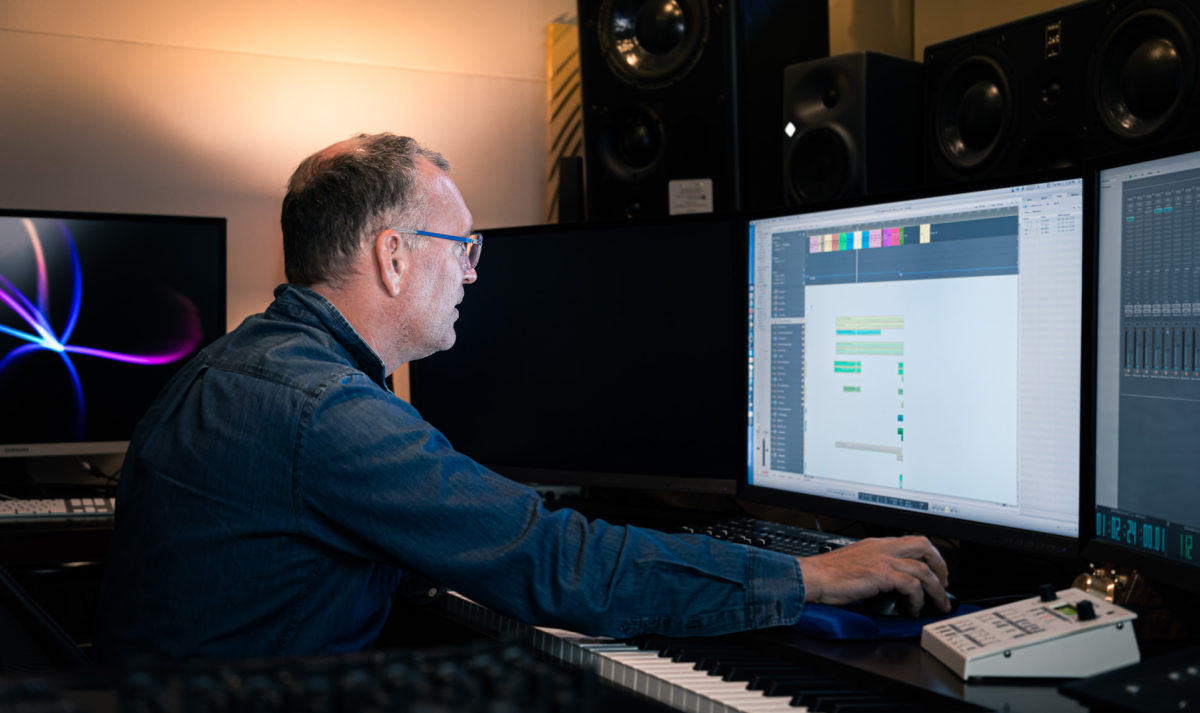
This leads back to Cherry, the finished score is a suite of reoccurring, evolving motifs, blending ethereal beauty with unsettling rhythmical moments. All of which somehow could only come from someone with such an eclectic and empathetic approach towards the film-maker’s intentions. On a technical level, Jackman – with a few exceptions – eschewed modern software for a plethora of analogue devices and techniques reminiscent of Brian Eno’s legendary collaborations with pianist Harold Budd on the albums The Plateaux Of Mirror and The Pearl, in which the ambient polymath found new spatial ways to treat acoustic sound.
“Cherry specifically was somewhat plug-in free, which I slightly regretted because it just took so long,” He laughs. “I really got geeky about engineering, especially old school. A lot of putting stuff on tape and deliberately messing up the wow and flutter. I even had a Roland Space Echo that’s a bit damaged from the late 70s. But Native Instruments’ Guitar Rig was really handy. Things would go through endless production washes. I’d come up with a cool sound then I’d route it through the filter of an old SH-5 which means it picks up all this fuzz and a certain filter sound you just can’t really get anywhere else. That would come back and then I’d shove it through Guitar Rig.”
When Life was Beginning, I Saw You
“When I first started writing, I came up with this theme. When I first did it, it was just piano and cello just to get the notes out. This was the first outing of that big Cherry tune, in this case symbolizing a sort of aspirational young love when Cherry first sees (his girlfriend) Emily. It avoids the whole sentimentality about string orchestra, so I thought, let’s do it like a giant legit analog synth thing and see what happens. There’s a Prophet VS synth endlessly fiddled with, a Roland MKS-50 and all these analog synths, even an MKS-30, which isn’t even MIDI, you’ve just got to go for it and twiddle the knobs, it was like a Pink Floyd scenario.”
“All the harmonic resonance in the second part of the tune is triggered from the piano, that’s what I learned from the whole Harold Budd and Brian Eno thing: that amazing kind of harmonic glitter, imagine a volcanic explosion then all sorts of glitter lands everywhere. I imagine the genius of that collaboration was that Eno probably set up what was a very unusual chain of effects that people had never used before, so that when you just play the piano in a gentle way it then shoots through all these different reverbs.”
NI products used: KONTAKT 6
Madison
“”Madison” is very unlike the track we just discussed, it’s got much more of a drive to it. But it’s odd. It’s when Cherry goes to a party early on in the film, so it’s a bit cool but a bit dissociated. It sounds a bit surreal, like it’s not quite right. And the bass delivery is deliberately a little out of time.”
“It’s got a Mellotron flute that’s a bit “Fool on the Hill”. It’s got this really messed up conga pattern that’s heavily overdriven and quite distorted. It’s actually got some slightly expressionist pizzicato strings that are a little bit pretentious, mid 20th century style. It’s got an organ in it that weirdly reminds me of the organ in “Big Times” by Peter Gabriel. It’s got a load of disparate elements that I’m not exactly sure why you would put them together, but it’s to represent dislocation, in this scene it’s not him dreaming about Emily, it’s much more visceral. So losing some of that epic sustain and concentrating on getting really gritty and grimy here really helps push Cherry’s journey.”
NI products used: KONTAKT 6, ABBEY ROAD 60S DRUMMER, GUITAR RIG 6
Night Tremors
“”Night Tremors” has got this layer of really moody synths. And then it’s got this really eccentric cello performance. The notes that I chose are actually based on the theme at the front and at the end, but they’re now so eccentrically played by Alex Belcher, who’d be the first to say he’s not a concert cellist, but that’s precisely why I asked him to play it: It’s a very mangled, un-trained performance. It takes a long time to move through the notes and there’s something very off about it. In the film, this is when Cherry’s come back from Iraq and we see the beginning of PTSD rearing its ugly head.”
“That’s a good example about the thematic coherence in the score, even though you potentially need to be a musicologist to figure out that those cello notes relate to the opening theme, it does subconsciously put things together when things are distortions and modulations of other ideas and not just random new things you’ve just throw in. If you can keep cutting from your set of DNA and then moving it forward and manipulating it, at some subconscious level, you can feel that.”
NI products used: KONTAKT 6
Your Fate is Darkly Determined
“The trick with minimalist stuff is you got to spend so long on your texture that you don’t keep needing new compositional ideas. The pulse here took ages, a mix of an analogue bell and a massively slow down church bell which I glued together. And then washed it through all these Roland synths and whatnot and fiddled and fiddled and fiddled until I finally got this sound. Because if you’re going to build a track that lasts seven minutes and it’s going to have the same pulse, it has to be a really magnificent noise to listen to otherwise you’re going to go ‘I’m bored!’”
“The overall idea of it is the slowly advancing hand of fate. It’s not horror, it doesn’t feel like The Exorcist but it is definitely dark. It’s that feeling of whatever is unfolding that there’s no escape. That’s why I kept a little bit of the church bell in the sound to get a sort of inescapable preordained destiny.”
NI products used: KONTAKT 6, GUITAR RIG 6
Acquiescence
“”Acquiescence” sounds like quite an ambitious piece but It’s actually just Cherry and Emily in bed sinking into their drugs. It’s a sort of an acquiescence into becoming a junkie, but it becomes almost this spiritually elevated, almost ethereal experience, which if it were a government drug warning would certainly not have that music. There’s something slightly subversive about how they’re just lying in bed whispering to each other completely off their face sinking into their junkiedom as this sort of slightly, almost Holy but dark piece of music hovers over them.”
“I really enjoyed writing this. It has very, very classical, beautiful cello playing from Steve Erdody and almost all the surrounding texture is synth. I used endless vocoders and spent ages creating this wash. The solo cello is a bit John Taverner, with a slightly religious, classical way of playing. But instead of being surrounded by string ensemble, it’s classical cello leading to a climax of ethereal synths. I think a lot of that was all made out of endless Prophet VS.”
NI products used: KONTAKT 6








